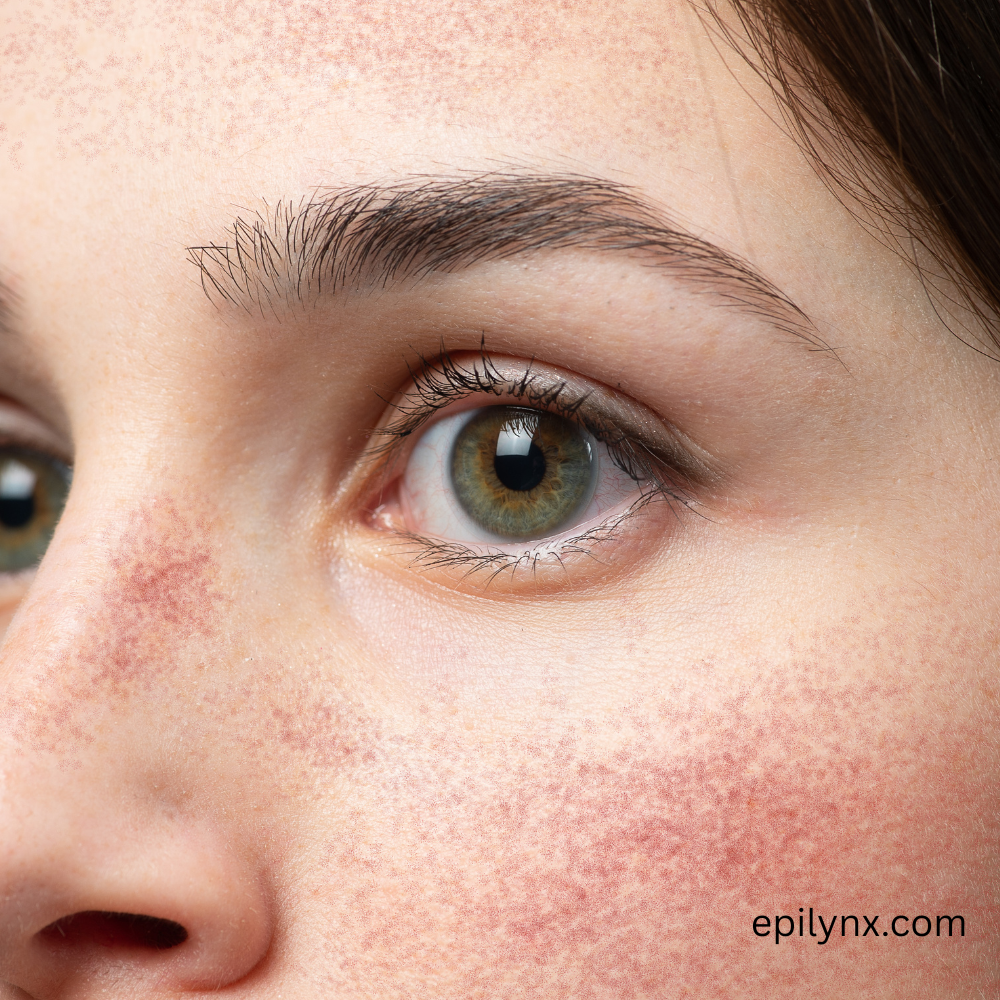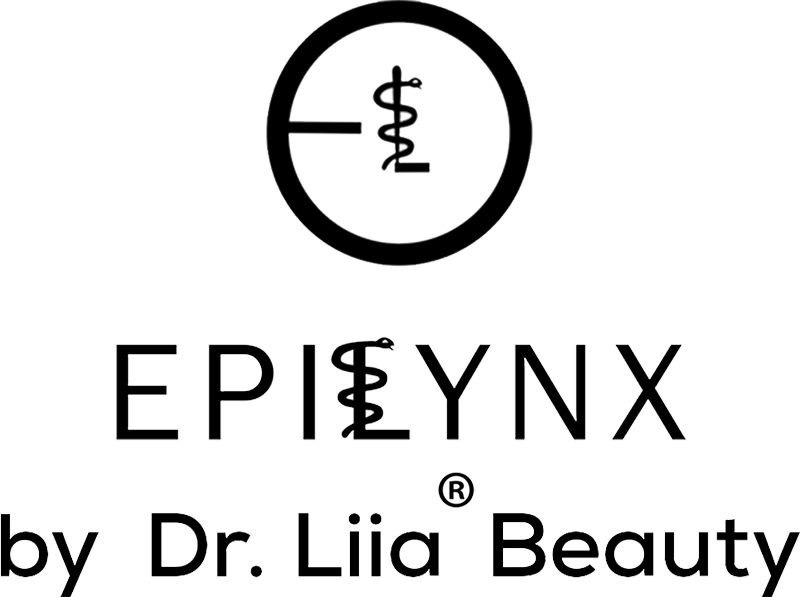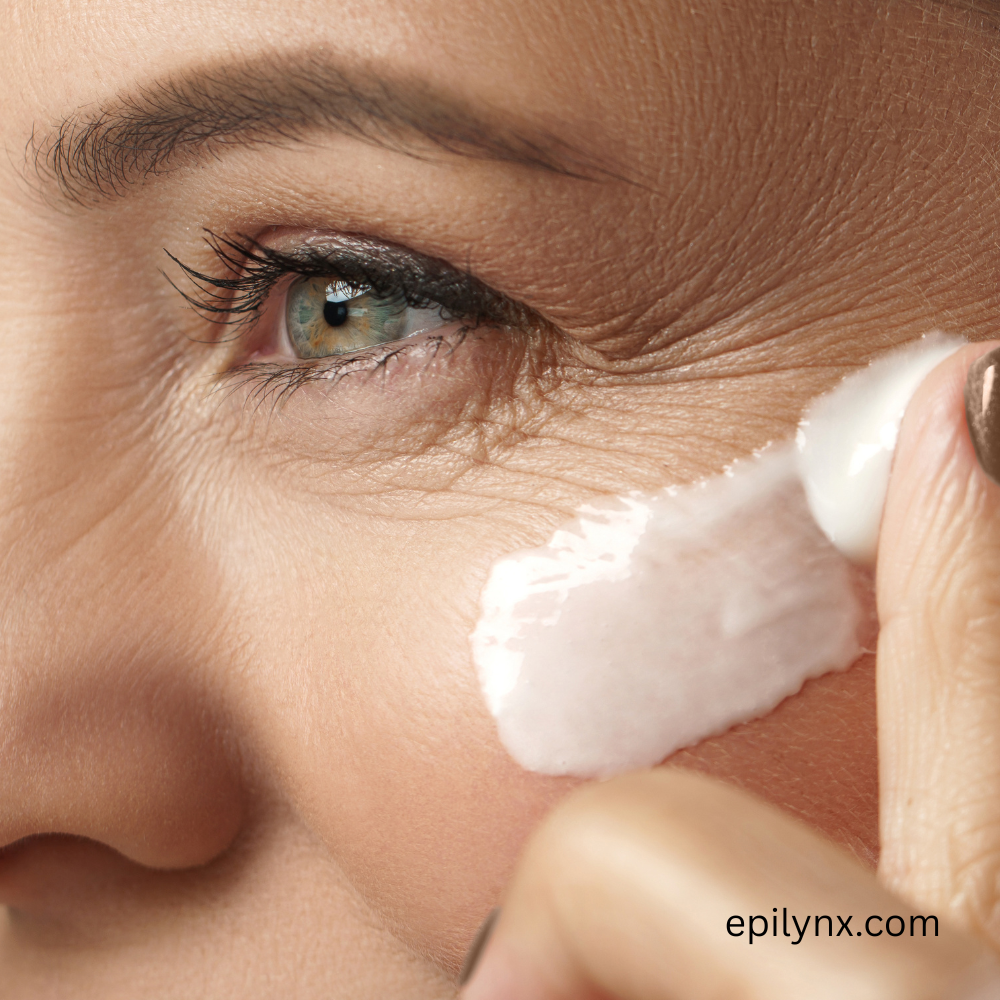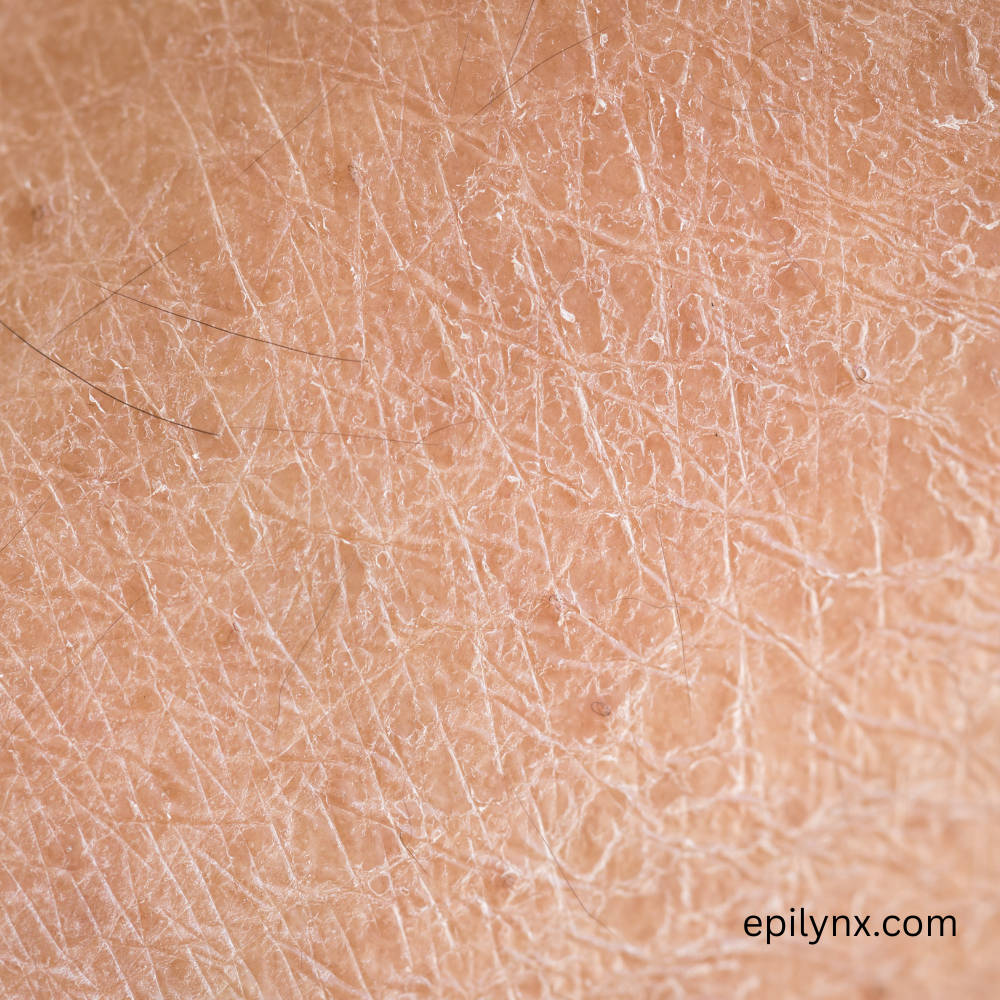
How to Soothe Redness Without Harsh Ingredients
Why Redness Happens in Sensitive Skin
If you have sensitive skin, redness can feel like your skin’s default setting. It might show up after washing your face, spending time in the sun, trying new products — or seemingly for no reason at all.
Common causes include:
-
Rosacea — A chronic condition causing flushing, visible blood vessels, and irritation.
-
Skin barrier damage — Over-exfoliation, harsh cleansers, or extreme weather.
-
Allergic reactions — Triggered by fragrances, preservatives, or dyes.
-
Inflammation from actives — Potent acids or retinoids without proper buffering.
For redness-prone skin, the goal is simple: calm inflammation and strengthen the skin barrier — without adding more stress.
Why “More Active” Isn’t Always Better
When redness flares, it’s tempting to throw on strong spot treatments or acids. But in sensitive skin, these can do more harm than good.
Instead of harsh exfoliants or high concentrations of retinol/vitamin C, look for soothing, barrier-repairing ingredients that bring the skin back to balance.
Ingredients to Avoid If You’re Redness-Prone
-
Fragrance (natural or synthetic) — One of the most common irritation triggers.
-
Alcohol denat. — Dries out and compromises the skin barrier.
-
High-concentration exfoliating acids — Especially glycolic and salicylic at >10%.
-
Strong essential oils — Citrus, peppermint, eucalyptus can all cause reactions.
Ingredients to Love for Redness Relief
-
Centella Asiatica (Cica) — Anti-inflammatory and wound-healing benefits (PubMed).
-
Colloidal Oatmeal — Clinically proven to calm irritation and itchiness (NEA).
-
Licorice Root Extract — Reduces visible redness and evens skin tone.
-
Niacinamide — Soothes, reduces redness, and strengthens the barrier. (Included in every EpiLynx product!)
-
Hyaluronic Acid — Hydrates and plumps without irritation.
EpiLynx Calming Skincare for Redness-Prone Skin
We created our redness-calming line specifically for sensitive, allergy-prone skin — always gluten-free, hypoallergenic, and vegan.
Gentle Routine to Soothe Redness
Morning:
-
Gentle, fragrance-free cleanser.
-
Mineral sunscreen (SPF 30+) — essential for redness-prone skin.
Evening:
-
Remove makeup with a gentle cleanser.
-
Apply Hydrating Serum (on slightly damp skin).
-
Layer Calming Face Cream
-
Finish with Retinol
Lifestyle Tips for Redness Reduction
-
Avoid sudden temperature changes — Move from cold to hot environments gradually.
-
Be mindful of diet — Spicy foods, alcohol, and caffeine can trigger flushing in rosacea.
-
Use lukewarm water — Hot water can dilate blood vessels and increase redness.
-
Patch test new products — Even gentle products should be tested first.
Final Takeaway
Soothing redness isn’t about doing more — it’s about doing less, but smarter. With gentle, hypoallergenic formulas and barrier-strengthening actives, you can calm irritation, reduce flare-ups, and enjoy healthy, balanced skin.


